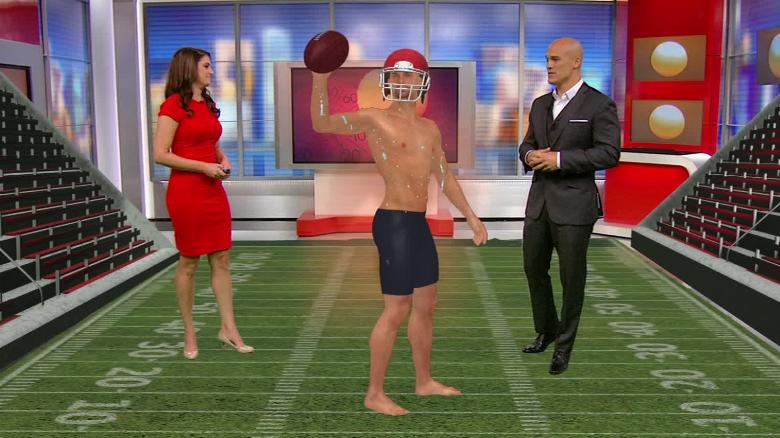(CNN)About this time every year, there are news reports about student athletes who collapse during practice while getting ready for a big game. Heat illness can lead to death and injury among athletes, and a new report examines why the risk could be rising.
The report from Climate Central, a nonprofit science and news organization, analyzed 239 locations in the United States. It found that 198 cities have experienced an increase in the annual number of days with a heat index temperature of reaching over 90 degrees Fahrenheit (32.2 degrees Celsius) or higher over the last four decades.
The past four years have been the warmest in the United States since record keeping began in 1895.
The National Weather Service's heat index measures how hot it feels when you factor in relative humidity with the actual air temperature. It can feel even hotter if you are in the sun on these days. The heat index is calculated for shady locations with a slight breeze, the report said, which means it can actually feel 15 degrees Fahrenheit warmer.
The South and Southwest see these high heat index days throughout the summer. Parts of the country where it's rare to see such highs are seeing more such days, too, the report says.
Among cities with the largest annual increases in days that reach 90 degrees Fahrenheit or hotter, there's McAllen, Texas, with 31.6 more days per year since 1979; Baton Rouge, Louisiana, which had 24.2 more; New Orleans, which had 23.6 more; Miami, with 23 more; and Savannah, Georgia, which had 22.8 more.
In a number of Southern cities, extreme heat days reach far beyond summer months. Miami had 160.6 days extreme heat days on average over the last five years, for example.
Nearly a dozen US cities saw an increase of at least four "danger" days on average since 1979. A "danger" day is when the combined heat and humidity makes it feel like it's 105 degrees Fahrenheit or hotter. McAllen saw an increase of 21.9 days since 1979, Houston had 9.6 more and Pensacola, Florida, had 5.9 days more, the report found.
Your body doesn't handle these extremely hot and humid days well, because sweat -- your natural cooling mechanism -- doesn't evaporate when it's really humid and you can't cool down as well. It can also be hard to breathe.
For both conditions, "danger" days and "heat index" days, it can be dangerous to exercise outside and can lead to heat exhaustion and heat stroke.
A number of sporting events around the world have had to cancel due to high temperatures, including the New York Triathlon in July. Last year, for the first time in the US Open's history, an extreme heat policy was implemented to help male tennis players cope with temperatures around 100 degrees Fahrenheit in New York.
Standards vary on when practices or games are canceled and not every school or professional team has the proper equipment to measure the true heat/humidity conditions on a practice field, according to the report.
Get CNN Health's weekly newsletter
Sign up here to get The Results Are In with Dr. Sanjay Gupta every Tuesday from the CNN Health team.
Since 1995, 64 football players alone have died from heat stroke and 90% of them died during practice, an earlier study showed. The rate of football heat stroke deaths fell in recent years, a decline researchers said supported continued efforts to train coaches, players and others about practicing in heat and hydrating properly.
The new report's authors encourage coaches to follow the National Athletic Trainers' Association recommendations to limit players' risk of practicing in the heat, including keeping fluids on hand at all times, encouraging rest breaks and watching for signs of heat-related illness.







